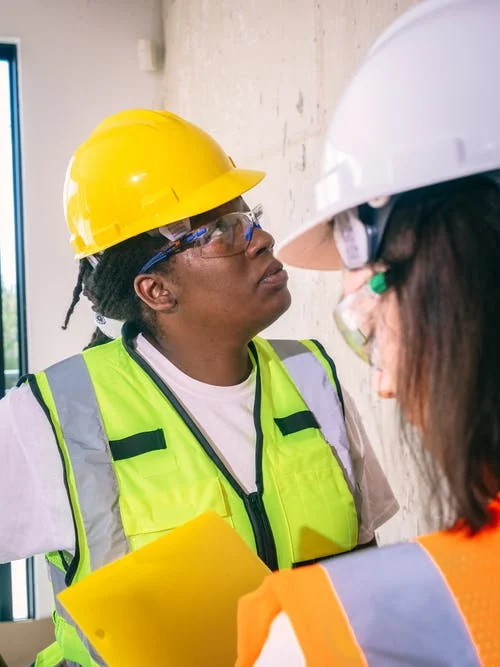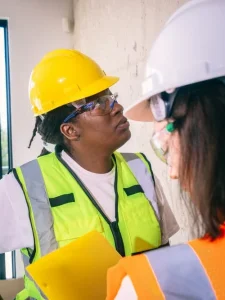
Building Inspection Equipment Basics
Building Inspection Equipment is a necessary tool for even a well-managed commercial construction project. Yet, most people don’t understand what it is, much less how to get it. Building inspection equipment is often as basic as a tape-measure and a screwdriver. This is far from reality. When most people hear the word building inspection equipment, they picture a burly, aged man with large objects such as electric meterometers and metal detectors operating around the construction site.
This popular image is not accurate. Modern building inspections use technologically advanced building inspection equipment that uses infrared moisture detectors. This allows for detection of termites and other wood-destroying pests. Water flow meters are another type of equipment used in building inspections. They allow building owners to monitor water infiltration rates, condensation control systems, as well as moisture detectors, for the purpose detecting leaks and cracks.
Most Pre Purchase Building Inspections Melbourne are conducted in phases. Initial inspections will be conducted by the building inspection team. During this phase, the inspector will conduct routine visual inspections of roofing, insulation, heating and cooling ducts, chimney inspections, plumbing fixtures, electrical wiring, leak detection systems, and facade analysis. All structural steel members will be inspected for fatigue and welds. All plumbing systems are checked for leaks and cracks. This includes basement waterproofing, sanitary system (SRS), tanks, lavatory, and toilet exhaust systems.
While the main focus of building inspections is on visual inspections, the inspector may also use advanced moisture sensors to perform more thorough visual inspections. Advanced moisture sensors can detect areas of concern that could be affected by an increase in moisture. These instruments are designed to detect moisture sources before they become a major problem. This allows the building inspector avoid costly repairs or rework once a specific problem is identified.
The termite detection phase is the third stage of visual building inspection equipment. Each year, thousands of structures are damaged or destroyed by termites. While termites do not often threaten structures physically, their presence can cause significant damage to structure and cause unnecessary repairs. A trained inspector inspects the soil and building materials to determine if termites are present.
Infrared technology can be used extensively in the final stage of inspections. Infrared technology is similar to the traditional ultraviolet technique. It penetrates the wood, stone and metal to find hidden damages and problems. Infrared beams can penetrate deep into wood, stone, and other construction materials, without damaging them or negatively affecting the structure.
Visual roof inspections should also be done by a qualified inspector. During these inspections, the roof will be carefully examined for moisture buildup behind walls and foundation. A qualified building inspector will be able to identify the areas of concern and will be better equipped to identify repair options. Other basics of building inspection equipment include inspections on the plumbing system, heating, cooling, insulation and drainage systems, as well as electrical systems and the general condition.
The fourth and final inspection stage includes visual inspections on the roof, floor and wall. A qualified building inspector equipment specialist will be able pinpoint any conditions that could allow moisture to build up and cause damage to the structure. The specialist will recommend the corrective actions or alternative construction methods to prevent future problems. In short, a qualified building inspection equipment specialist can identify problems associated with moisture infiltration and the overall structural integrity of buildings.

